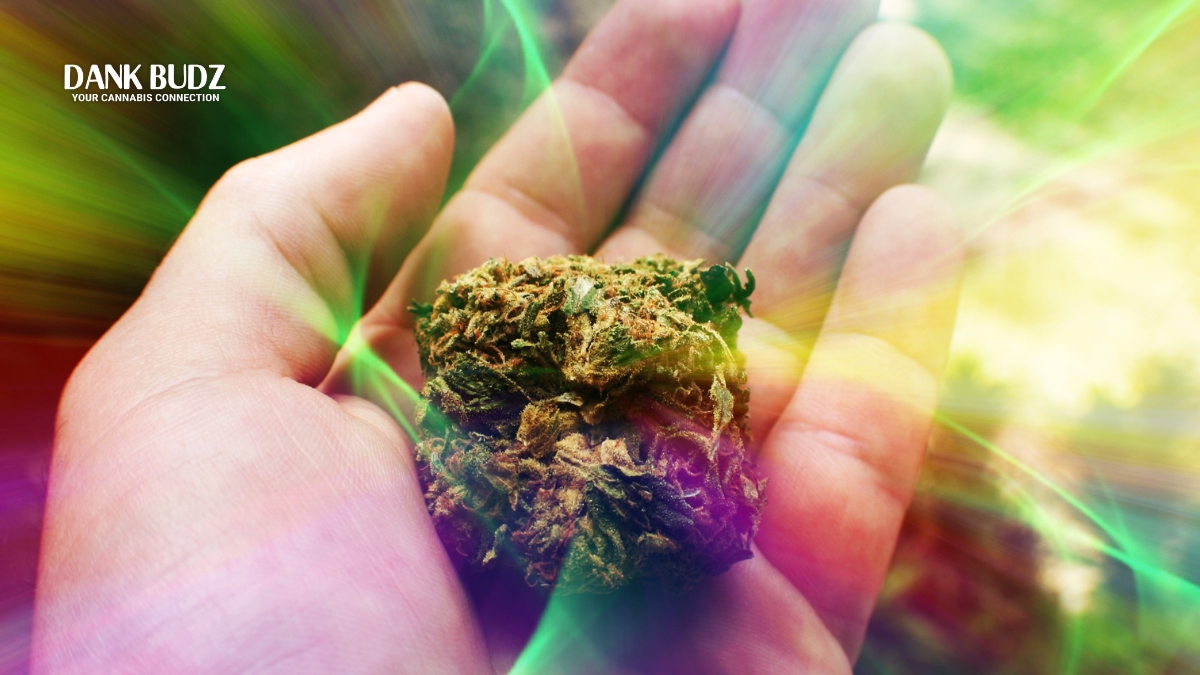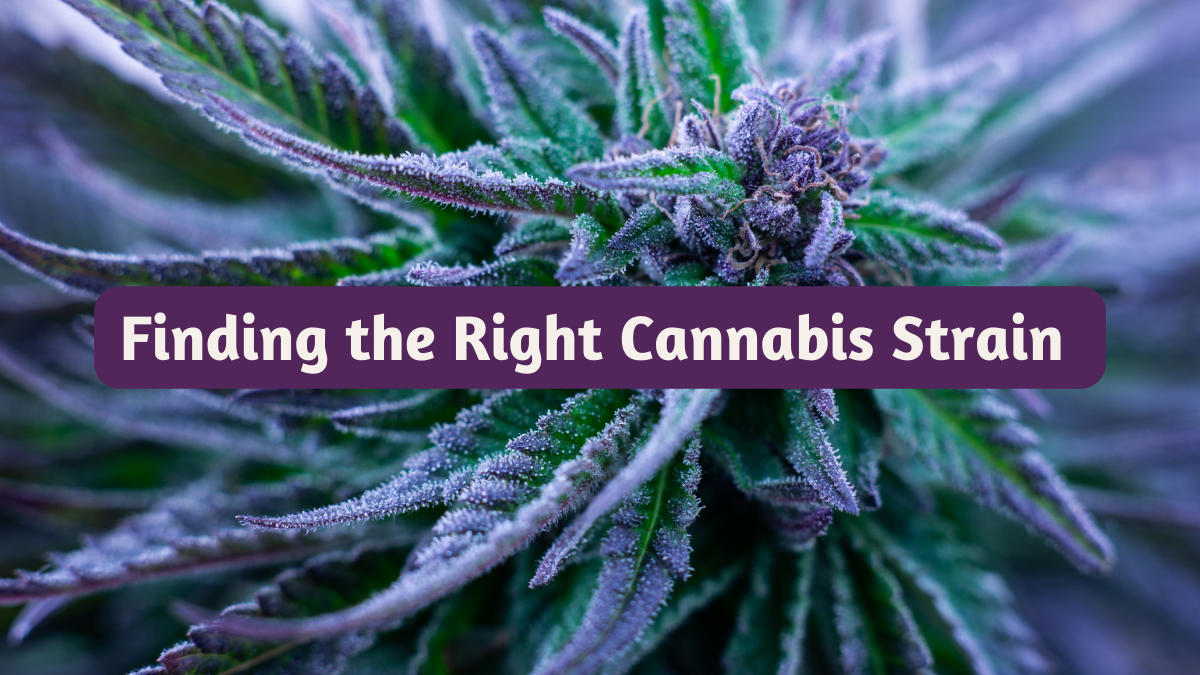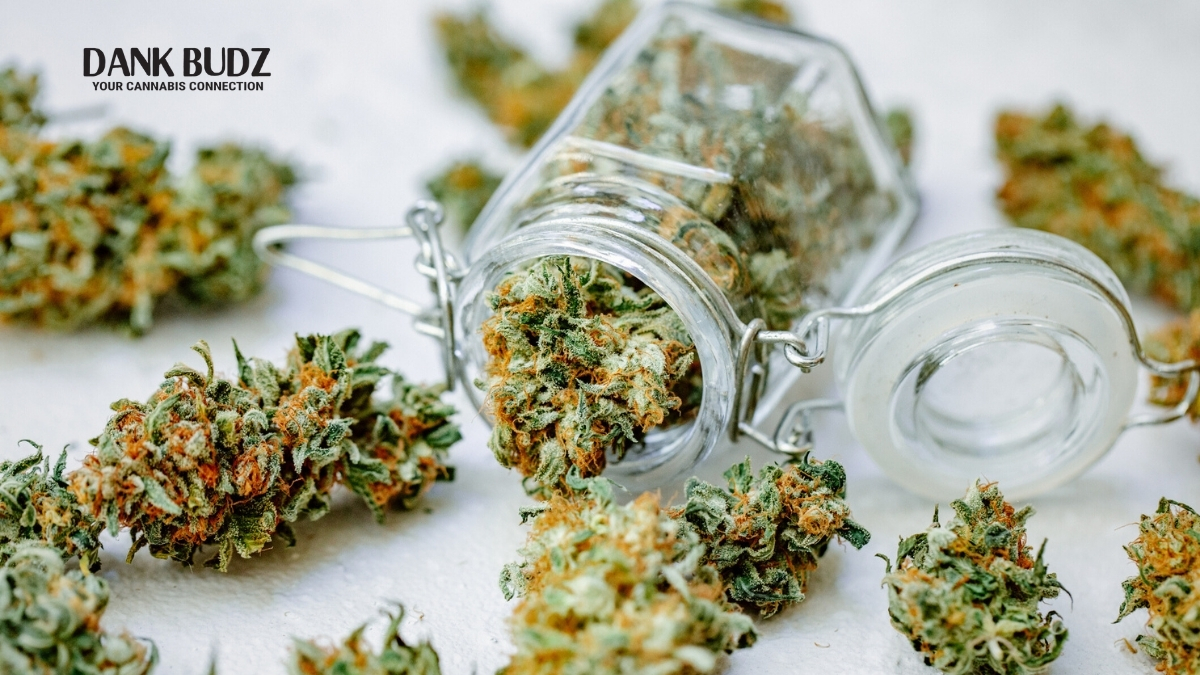
One of the primary things that makes marijuana so unmistakable is its scent. Just as strains have evolved over the years, so, too, have some components of the aroma that follows marijuana. However, regardless of potency, effects, and the ever-evolving science behind marijuana cultivation, the plant’s incredibly distinctive smell has always been most accurately described as “skunky.”
For some, this smell is a beacon of comfort, reminding them of a community that is welcoming and feels like home. For others, it can be off-putting or even downright uncomfortable. No matter where you fall on that spectrum, you likely join the vast majority of people who recognize the scent for what it is – that of the Cannabis sativa L. plant.
One of the characteristics of the scent that goes hand in hand with marijuana is its staying power. Most people who are around cannabis smoke note that they are followed by that skunky aroma. As with most smoky scents, it will cling to your clothes and hair. Still, there’s something about it that makes it distinctive from other types of smoke; you know when you or someone else has been around cannabis smoke.
Let’s explore the fascinating chemistry behind marijuana’s skunky smell.
Where Does Cannabis’s Skunky Smell Come From?
While most people are aware of the smell that accompanies cannabis, many of them are unaware of the chemical origin of that distinctive scent. You may also be interested to know that aside from the typical skunkiness, there are other distinctive scents. Frequently, marijuana is also closely associated with several other scent profiles depending on the strain, including citrus, pine, sage, lavender, honey, and more.
For a long time, scientists attributed the scent of marijuana solely to the blend of terpenes in each strain. However, while this certainly describes the unique nuances of the flavor and scent profiles as they differ from one another, something else is behind the signature skunky odor that ties all marijuana scents together. In fact, researchers now believe sulfur compounds are the culprit behind that lingering, distinctive smell; if you’ve ever lit a match, you know the effects of sulfur oxides well, including their funky scent that you can almost taste.
Tracking the sulfur compounds in cannabis and how they contribute to scent spawned an interesting experiment involving smelling flowers (known as marijuana buds) that were harvested from more than 12 different types of Cannabis sativa. Researchers evaluated the aroma the flowers gave off and performed analysis to reveal several distinct scent profiles. Flowers were also assigned a rating from zero to ten that described the pungency of each flower.
Next, the “chemical fingerprint” of every flower was tracked using gas chromatography to detect and separate the chemical compounds, mass spectrometry to analyze the molecular weight of each compound and thus identify it, and a sulfur chemiluminescence detector to analyze the light given off by sulfur compounds. These tests revealed trace amounts of sulfur that varied across the scent profiles. While the amounts were fairly small, researchers noted that small amounts of aromatic compounds are, in fact, quite impactful. They discovered that certain kinds of sulfur compounds were most abundant when the flowers reached a later maturity.
More specifically, these compounds can be described as prenylated volatile sulfur compounds, or VSCs. VSCs are among the compounds that give foods flavors or “off-flavors” and are present in elevated amounts in pungent foods like garlic, coffee, and mustard. It’s worth noting that they are usually present in low concentrations in many foods but are prone to change or break down as organic material matures. They can also be very difficult to detect, which may be why they evaded detection in cannabis for so long.
The Key Compound – 3-Methyl-2-Butene-1-Thiol (321MBT)

While there are a number of VSC compounds in cannabis, there is one that reigns supreme. 3-Methyl-2-Butene-1-thiol. or 321MBT. has been identified as the major contributor to the pungent smell of cannabis, beating out other compounds that have previously been linked to the scent. In 2015, the first study was published linking 321MBT to the skunky smell of cannabis. It wasn’t specifically named at the time, but the group was close to identifying and describing its characteristics.
In fact, two separate research groups came to the same conclusion regarding 321MBT at roughly the same time. These two groups were Abstrax Tech and a group led by a researcher by the name of Jacek A. Koziel. The first study was published in 2015 by the group led by Koziel. In 2020, the group from Abstrax Tech began working toward a provisional patent that linked the skunky smell of cannabis with 321MBT. However, the first official press release linking 321MBT with the distinctive cannabis scent was published in 2022 by Koziel and some scientists from Byers Scientific.
Oswald et al. via Abstrax Tech published a research paper that also tied 321MBT to the skunky aroma of cannabis. While the Koziel research was published before the Abstrax Tech paper, it’s important to note that both parties worked toward this discovery separately from the influence of the other research group – and at nearly the same time. Overall, it was an encouraging moment in cannabis research that two separate groups were able to pinpoint an important chemical compound independently of outside research.
The Role of Terpenes
As mentioned, terpenes also play an important role in the scent profile of cannabis. Terpenes are scent compounds produced by nearly all plants but are found in the most concentrated levels in coniferous trees, marijuana, and other pungent plant varieties. Terpenes are involved in many ecological interactions in plants, like resisting pests and predators and attracting pollinators. They can be found in perfumes, pesticides, and natural rubber.
Terpenes are best known for directly affecting the flavor and scent profile of cannabis. Aside from this, they also have a major impact on how cannabis affects those who partake. The body interacts with terpenes in many different ways across many different bodily functions, including immune response, neurotransmitter signaling, and more. Perhaps the most famous example is that of lavender, which predominantly features the terpene linalool. Just as lavender essential oils are attributed to relaxation, cannabis high in linalool can also create calming effects in the body by interacting with GABA A chemical receptors and calming excitatory neurons.
Some of the other most common terpenes in cannabis include myrcene, pinene, caryophyllene, limonene, terpinolene, farnesene, and humulene. Each can result in unique effects on the body.
- Myrcene – This is most commonly found in lemongrass, thyme, and mango. It has a citrusy or earthy aroma and may have the potential for pain relief or as an anti-inflammatory agent.
- Pinene – Pinene has a spicy or sweet aroma, and can typically be found in evergreens. It’s been noted for its potential as an antioxidant as well as its neuroprotective properties.
- Caryophyllene –This terpene can be found in cotton, black pepper, and cloves. It has woody, peppery, and spicy aromas and has potential uses for anxiety relief, pain relief, or as an anti-inflammatory agent.
- Limonene – Commonly found in juniper and lemon, this terpene has a classic citrusy aroma. It has potential uses for stress relief, digestion, and as an antibacterial agent.
- Terpinolene – Found in sage, lilac, and rosemary, this terpene has a piney or floral aroma. It may be useful for anxiety relief, as an antibacterial agent, or to treat insomnia.
- Farnesene – Found in potatoes, roses, and chamomile, this terpene has an incredibly distinctive aroma that can be described as floral, woodsy, or similar to sandalwood. It could be effective for anti-inflammatory and anti-allergy uses or as a muscle relaxant.
- Humulene – Present in hops, sage, and ginseng, this terpene suggests aromas that are woodsy, spicy, and earthy. It may be effective as an appetite suppressant, for antibacterial purposes, or as an anti-inflammatory agent.
Perception of Skunky Smell

Just like everyone’s taste buds are unique to their own likes and dislikes, the same can be said of the smells that each person prefers. While one person may love the smell of coffee, someone else may think it’s off-putting. Or, consider the idea that cilantro is a delight for many, as it adds a distinct flavor to certain Mexican, Southeast Asian, Indian, and Chinese dishes. However, to some individuals, cilantro has a soapy flavor and is incredibly unappealing. The chemical profile of cilantro contains aldehydes, which have a soapy taste and are strongly perceived by people with certain olfactory receptor genes.
The scent of cannabis is similarly divisive.
For cannabis, the skunky smell is a siren call to many people from all walks of life. That smell can draw you to a person or place and often feels comfortable because it’s the foundation of a culture that you can track – especially if you’re a part of it. If you partake in cannabis, you know that when you smell that distinctive smell, you could be drawn into a community or a space that you feel safe within. It’s a way of life for many people.
This isn’t the case for everyone, however. Just like cilantro can taste soapy or the smell of coffee might be nauseating, the skunky aroma of cannabis can have a negative effect on some people. The scent of cannabis is not the same safe haven for everyone because everyone’s experiences with marijuana are different. That skunky smell can even come with some misconceptions about the person who produced it.
While cannabis enthusiasts and leaders in the cannabis industry are still working toward acceptance of this wonderful plant, it’s important to remember that we are all different. Even some people who enjoy partaking in cannabis don’t enjoy the scent. Meanwhile, there are plenty of people who no longer partake and continue to enjoy the aroma. In the end, it’s crucial that you always be respectful of those around you when you’re smoking or vaping cannabis products.
What Does This Discovery Mean?
Now that the primary compounds behind the signature scent of cannabis have been pinpointed, it’s important to understand what this might mean for the cannabis industry as a whole. There are many different groups of people who are interested in the chemical compounds in cannabis, including those that create its scent. Currently, research is underway regarding how to isolate that compound and potentially even alter it.
It’s worth noting that while cannabis is legal in many areas of the world, there are still many others where it isn’t embraced on a legal and social basis. That can be a problem when it comes to its distinctive scent, since cannabis use can be easily discovered by following the skunky aroma. Some people hope that developing the ability to alter aromatic cannabis compounds could one day mean VSCs could be isolated and bred out of the product. Others have suggested they could be changed in some way to make the aroma more palatable or less noticeable.
As with all things cannabis, the research could also influence trends in the other direction. There are interested parties who love the flavor and the scent of cannabis – so much so that cannabis candles and other scented products do quite well on the retail market. The isolation of this compound could mean even more products that accurately display the scent. It’s possible that strains could be bred to make 321MBT more noticeable or more distinctive as well, particularly for those who love the scent and flavor profile.
With any scientific discovery, so many new doors open for research, and the potential impacts need to be understood as well.
To Embrace or Not to Embrace the Skunkiness

While the culprit of the telltale skunky scent has long evaded researchers, studies have finally revealed its source. At different times, many different compounds have been linked to that smell, but it wasn’t until the official press release was published in 2022 that 321MBT was finally outed as the producer of this distinctive scent.
Whether you love the scent or not and whether you partake or not, it’s fascinating to watch as more discoveries are made. The advanced technology, chemistry expertise, and innovative testing required for two teams working independently of each other to make this discovery is indicative of new frontiers in cannabis.
Resources:
- Tittl, M., Leitner, M., Shivalingaiah, S., Kontos, A., Liu, B., Palivan, C., & Mezzenga, R. (2018). A sunlight activated insecticide spray based on photothermal nanocellulose. PLoS ONE, 13(2). https://doi.org/10.1371/journal.pone.0192247
- Yang, X., Wang, Y., Byrne, R., Schneider, G., & Yang, S. (2021). Deciphering the ‘Eighth Wonder of the World’ with a Nanoscale Sensor: The Subtle Science of Wine Aroma. ACS Omega, 6(48), 32899–32908. https://doi.org/10.1021/acsomega.1c04196
- Block, E., & Bautista, J. (2011). Volatile Sulfur Compounds in Food. In Q. Song & X. J. Liu (Eds.), ACS Symposium Series Vol. 1068. American Chemical Society. https://doi.org/10.1021/bk-2011-1068.ch001
- Wikipedia contributors. (2024, February 23). Terpene. In Wikipedia, The Free Encyclopedia. Retrieved from https://en.wikipedia.org/wiki/Terpene
- Polln. (n.d.). Everything You Need to Know about Cannabis Terpenes. Polln. Retrieved from https://www.polln.com/medicinal-cannabis-library/everything-you-need-to-know-about-cannabis-terpenes
- Hossain, M., & Lim, D. W. (2021). The Anti-Inflammatory and Antioxidant Effects of Terpenes Identified from Essential Oils of Medicinal Plants. International Journal of Molecular Sciences, 22(18), 9762. https://doi.org/10.3390/ijms22189762
- Analytical Cannabis. (2021). This Is How Scientists Identified Cannabis’ Distinctive ‘Skunk’ Smell. Analytical Cannabis. Retrieved from https://www.analyticalcannabis.com/news/this-is-how-scientists-identified-cannabis-distinctive-skunk-smell-313930
- Raloff, J. (2021). Scientists finally pinpoint how pot gives off that distinctive skunky aroma. Science News. Retrieved from https://www.sciencenews.org/article/marijuana-skunk-smell-cannabis-pot-plant-chemistry




